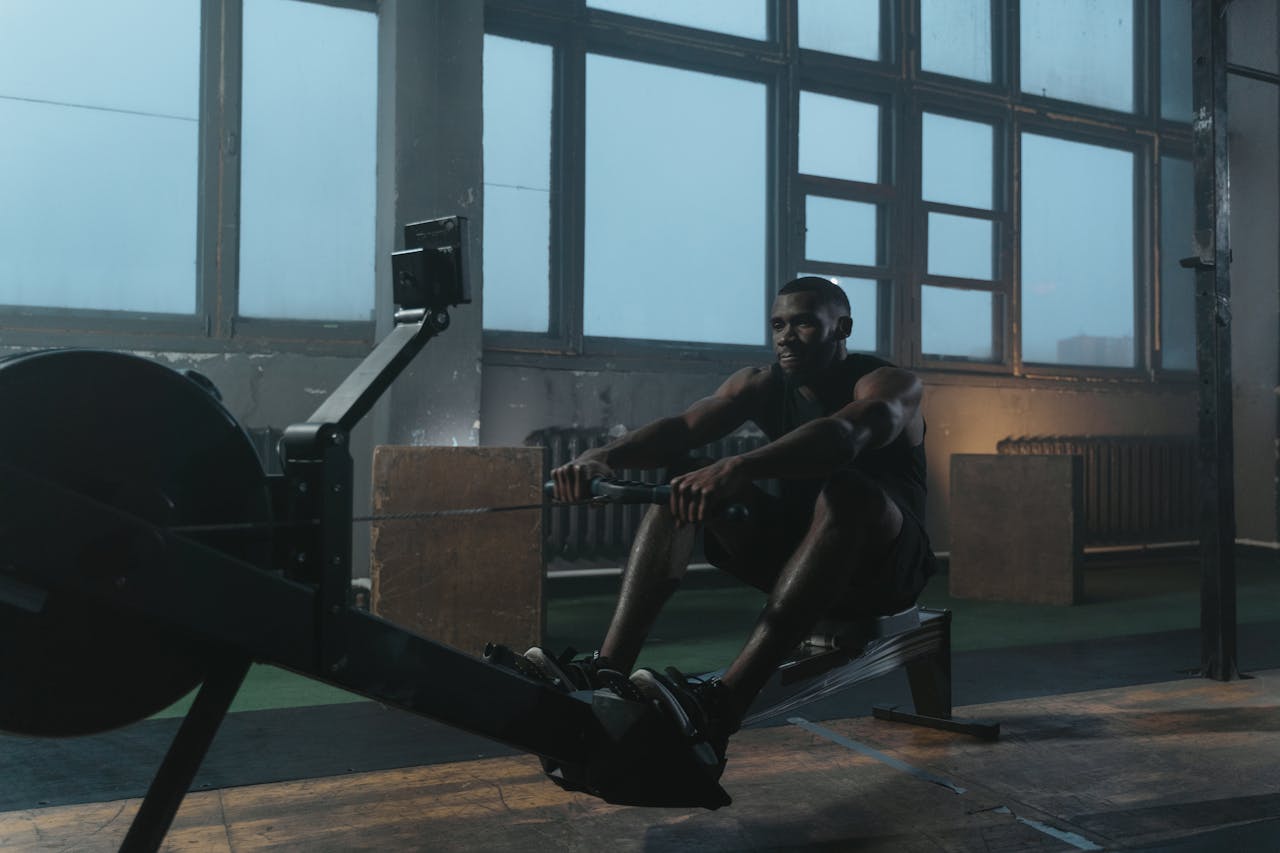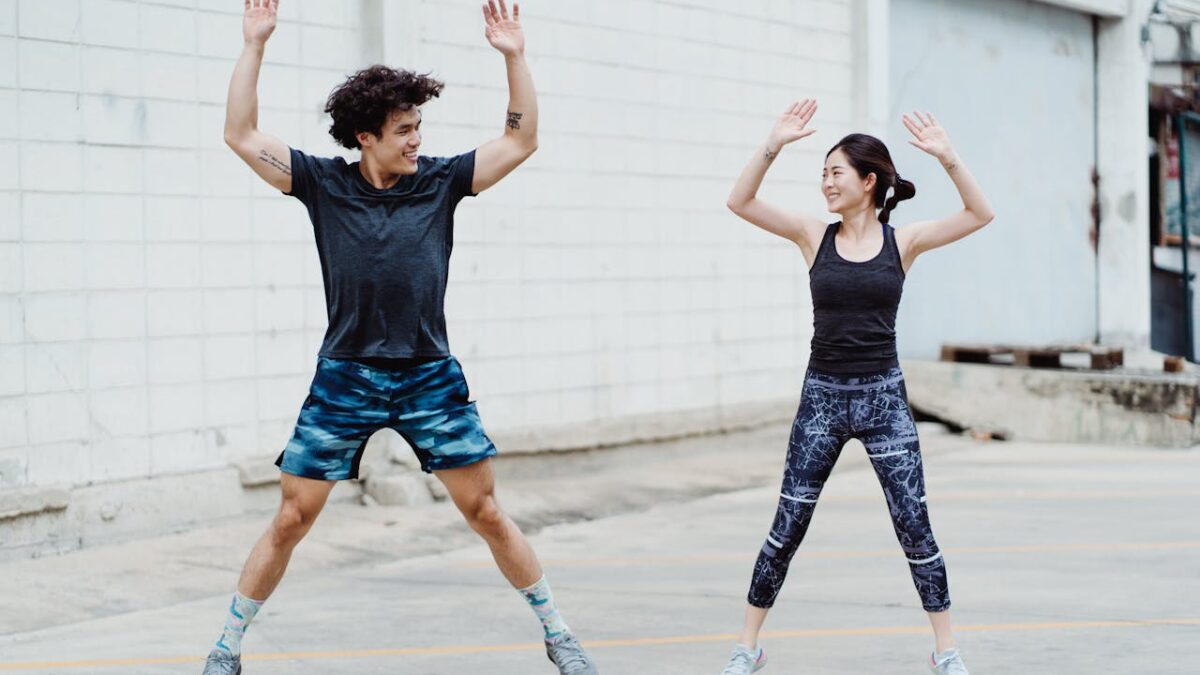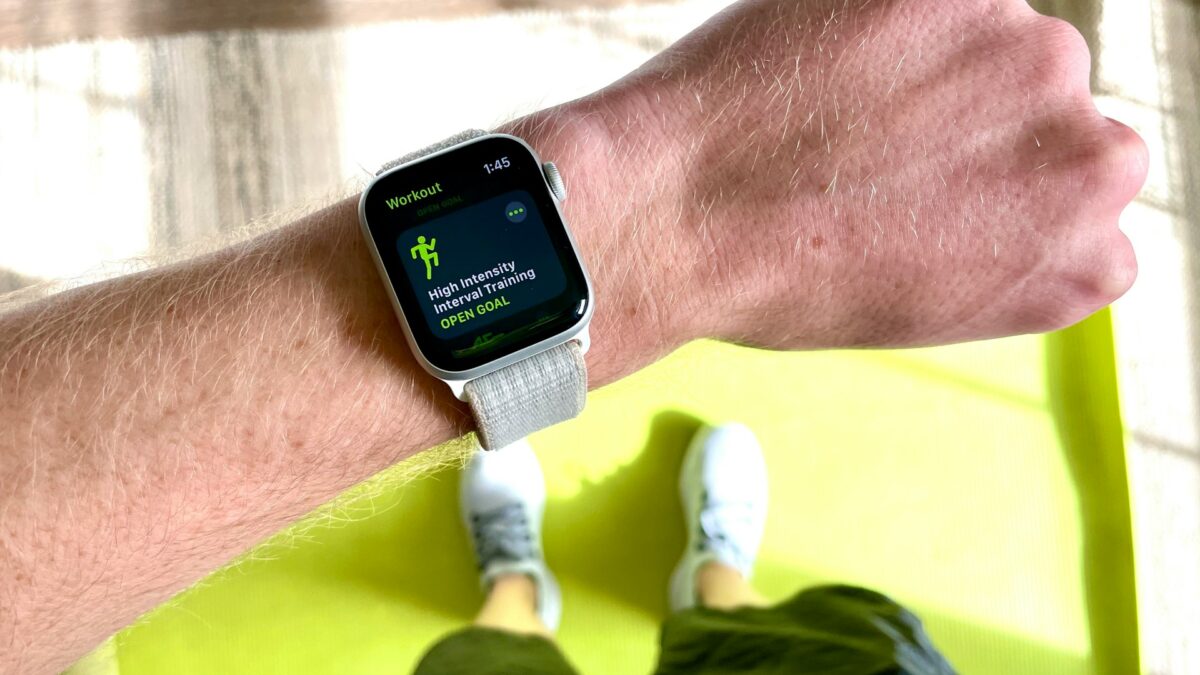
What Muscles Does The Rowing Machine Work?
Rowing machine workouts are comprehensive. They let us work muscles in different parts of the body in a really deep way. This exercise helps to improve your trunk, back, legs, and arms. This machine is a great addition to any bodybuilding routine.
This is a quick overview of the main muscles that are worked with the rowing machine.
The muscles you work out when you row the Quadriceps and hamstrings
1. Quadriceps and hamstrings
Leg thrust and knee extension work some of the most interesting muscles for a toned and strengthened body. These include the quadriceps and hamstrings.
It’s important to make sure you’re using the right technique. You’ll notice that these muscles become stronger, more muscular, and firmer when you use the rowing machine. The more you push with your legs, the more you’ll help them work.
2. Buttocks
The leg and hip extension movements are great for working the gluteus muscles, and rowing machines are great for toning and shaping the buttocks. It’s all down to the intense gluteal work, especially. It also helps to burn fat and strengthen your legs, which lifts your muscles. You’ll see a firm, strong, and hard appearance.
3. Middle muscles
We call these the rectus abdominis, the transverse abdominal muscle, the oblique muscle, and the erector spinal muscle. You can work these muscles with a rowing machine by extending your back backward.
It’s important to use the right technique so that these muscles are the ones working and your spine isn’t strained. This helps to reduce the risk of injury while building muscle mass in the areas that matter to you most.
4. Trapezius and Rhomboids
The back extension and shoulder retraction movement works the trapezius and rhomboids. These muscles give the shoulders a stable base from which to work when shooting. If you work these muscles right, you can protect your upper spine and widen your back.
The trapezius connects the trunk to the arms and skull. Toning these muscles on the rowing machine helps keep your shoulders in good shape and can even help you avoid back pain caused by weak muscles.
5. Deltoids and pectorals
You can work the deltoids and pectoral muscles on the rowing machine, but not to the maximum level. The movement of the arms between one cycle and the next is what helps to work these muscles. It’s not the main focus, but it’s still an important part of the job.
6. Biceps and triceps
The rowing machine is great for working and improving the biceps and triceps muscles. Bending your elbows and pulling the rowing machine towards your midsection makes these muscles work hard in each cycle.
It’s important to make sure these muscles are working as hard as the legs, but not harder. This way, you’ll ensure that your arms and legs are both getting a good workout. You won’t feel like some parts of your body are more tired than others.
7. Dorsals
The latissimus dorsi muscle is worked in the same movement as the trapezius and rhomboid muscles. Toning this area of the back will give it a more defined look. It’ll also help give your arms some solid support. Back pain should be kept to a minimum, which weak muscles can cause.
8. Iliopsoas or hip flexor muscles
These muscles work by sliding forward after one cycle to perform the next and extending backward. It’s not a muscle you usually think about working on, but it’s really important for athletes. It’s responsible for flexing the hip and rotating the thigh inwards, helping to flex the trunk forward and rotate the hip to the desired side.
9. Finger Flexors and Wrist Muscles
The rowing grip is a job for the finger flexor muscles. It’s important to make sure your constant gripping doesn’t overload these muscles. Your wrist muscles will get stronger from holding this grip throughout the exercise. It’s not something you think about developing, but it’s important for everyday life. It’s also essential for exercises where grip is necessary, such as deadlifts, among others.
These are the main muscles you’ll be working with on the rowing machine. It’s important to do the technique right and maintain the right posture at all times. This way, you’ll ensure that these muscles do the work, not others that aren’t as important. It’ll also help you avoid injuries and discomfort.



